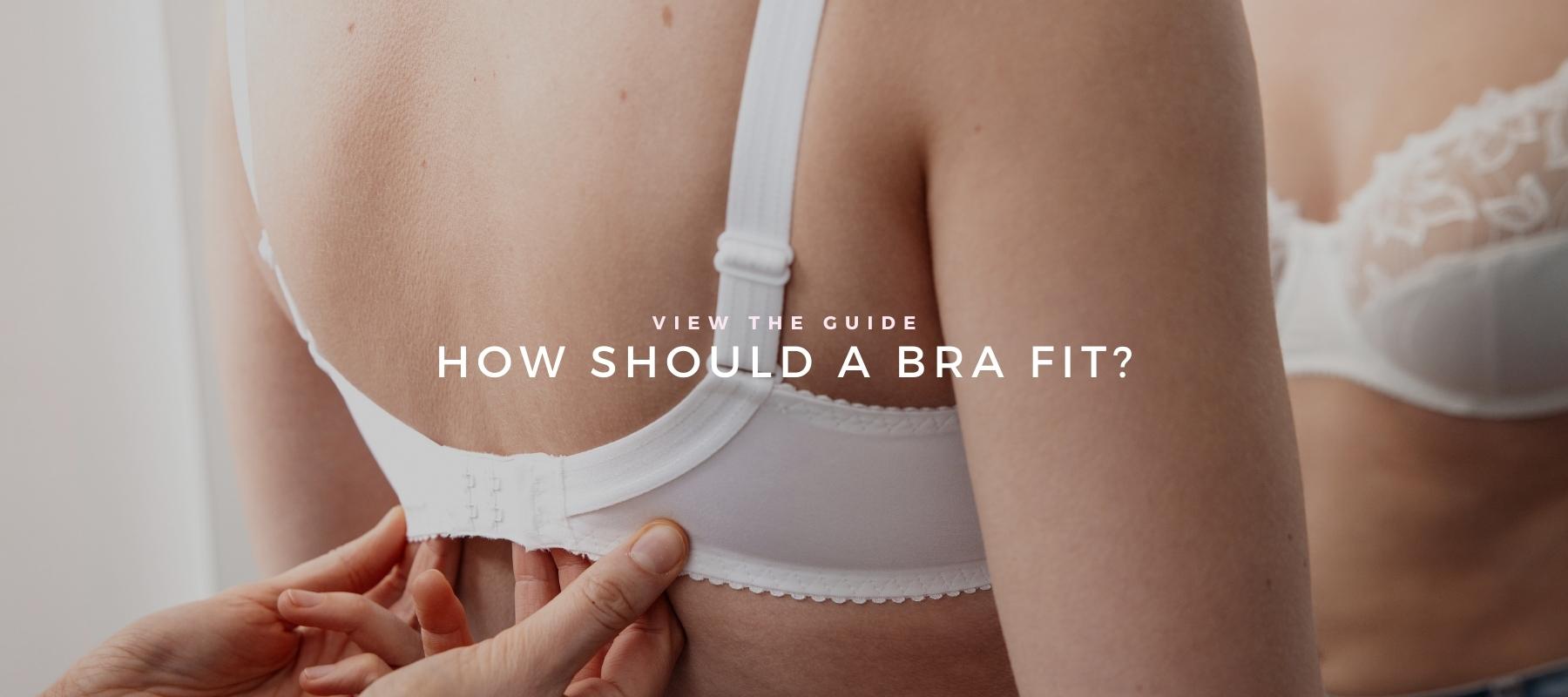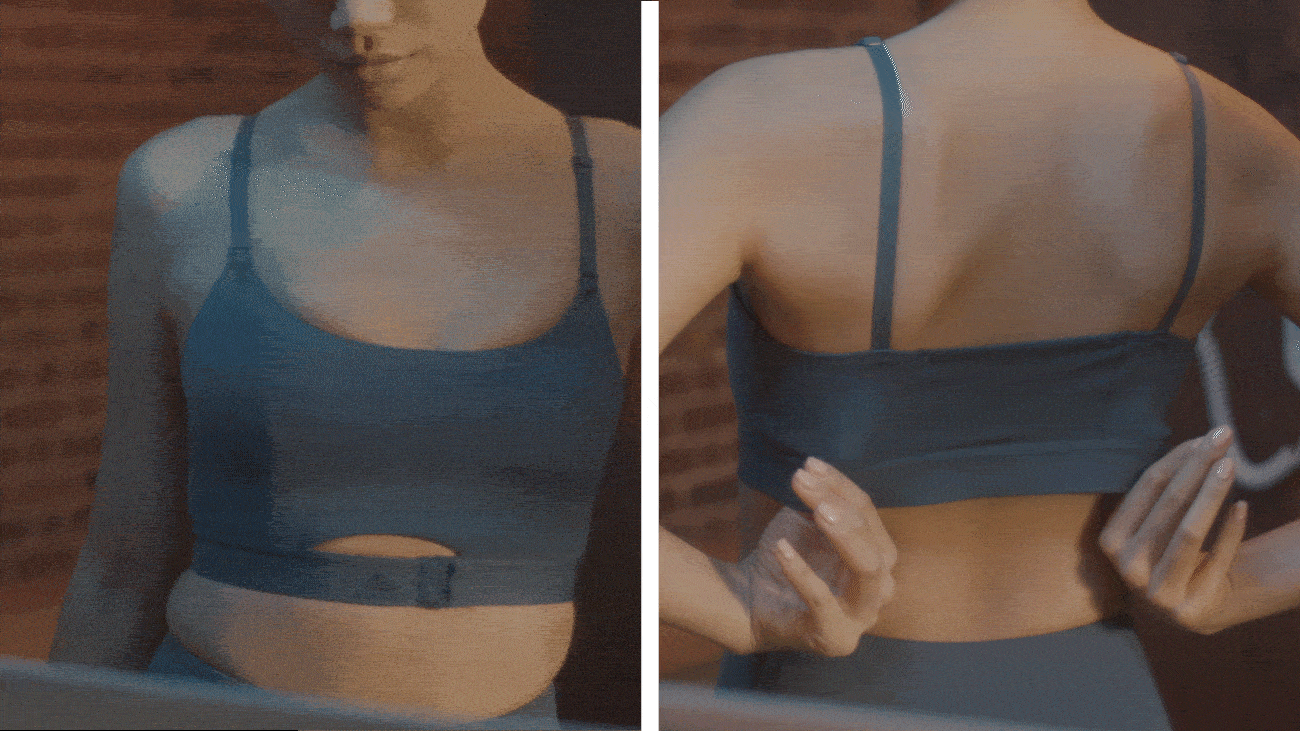The Perfect Fit Guide: Finding Your Ideal Bra for Ultimate Comfort
For many, the quest for the perfect bra feels like a never-ending struggle. It’s a foundational garment that should provide support, shape, and, most importantly, comfort, yet it often becomes a source of frustration. The central truth, often overlooked, is that the vast majority of discomfort stems from a single issue: an incorrect fit. This guide is dedicated to shifting that paradigm. We will move beyond vague suggestions and delve into the objective, scientific, and practical steps to identify bras that fit. When you wear bras that fit correctly, they cease to be mere clothing and become an integral part of your daily confidence and well-being. The journey to ultimate comfort begins with understanding the precise mechanics of a proper fit, a subject supported by biomechanics, textile science, and the collective wisdom of experts and everyday wearers alike.
The Foundation: Understanding Band and Cup Synergy
The relationship between the band and the cup is the most critical, and most frequently misunderstood, aspect of bra fitting. A common misconception is that the straps provide the majority of the support. In reality, a well-fitting bra derives approximately 80-90% of its support from the band. This principle is grounded in basic physics; a secure, stable anchor around the ribcage allows the entire structure to function as intended. The band should sit horizontally around your torso, snug enough to stay in place without riding up when you move your arms or torso. It should feel firm and supportive, not tight and restrictive. A band that is too loose will shift, causing the straps to dig into your shoulders in a futile attempt to compensate, leading to pain and poor posture. Conversely, the cup’s role is to encapsulate the breast tissue fully. A proper fit means no spillage over the top or sides (often called the “double boob” effect) and no gaping or wrinkling of the fabric. The center gore—the piece of fabric connecting the cups at the front—should lie flat against your sternum. If it floats away from your body, it’s a clear indicator that the cup volume is too small. This synergy is non-negotiable; a perfect cup size is useless on a loose band, and a tight band cannot be corrected by adjusting the straps. Finding bras that fit is fundamentally about achieving this precise balance, a concept echoed by lingerie experts worldwide and detailed in resources from institutions like the Clothing and Textiles Research Journal.

Scientific Measurement vs. The “Swoop and Scoop”
While starting with a tape measure is a practical first step, it is only the beginning of the journey. The numerical system of band and cup sizes provides a necessary framework, but it is not infallible across different brands and styles. This is where technique becomes paramount. The “swoop and scoop” method, popularized by bra fitting advocates, is a crucial physical adjustment that ensures all breast tissue is correctly positioned within the cup. After fastening the bra on the loosest hook (to allow for natural fabric stretch over time), lean forward and use your hand to gently sweep tissue from your sides and underarms forward into the cup. This action ensures the underwire, if present, is sitting directly in the inframammary fold—the crease where your breast meets your chest wall—and that the cup is fully accommodating your entire breast. This simple act can dramatically change the fit, often revealing that what seemed like a well-fitting cup was, in fact, too small. As bra fitter and author Jene Luciani states in her book, “The Bra Book,” “The scoop and swoop is the single most important thing you can do to check your bra fit. It redistributes the tissue and tells you instantly if the cup is too small.” This aligns with anatomical understanding; breast tissue extends beyond the front-facing mound, and a proper fit accounts for this. Therefore, the process of finding bras that fit is a combination of objective measurement and subjective, precise adjustment.

The Impact of Material Science and Design on Fit
Not all fabrics are created equal, and the materials used in bra construction play a significant role in achieving a perfect fit. The elasticity of the band, often a combination of materials like nylon, spandex, and latex-free elastics, must provide consistent recoil to maintain support throughout the day without losing its shape. This is a key area where discounted prices can sometimes be misleading; cheaper bras may use lower-quality elastics that degrade quickly, leading to a band that becomes loose after just a few washes. Similarly, the composition of the cup is vital. Molded, seamless cups, often made from polyurethane foam, offer a smooth silhouette but can be less adaptable to individual breast shapes, potentially leading to gaping. Unlined, seamed cups, constructed from multiple panels of fabric, allow for a more precise and customizable fit, conforming to the unique contours of the body. The choice of underwire material—typically a flexible metal or plastic—also affects comfort and support. A well-designed wire will follow the natural curve of the ribcage and breast root without poking or pressing. Understanding these elements empowers you to make informed choices. As textile scientists from universities like the Manchester Fashion Institute highlight, the interaction between fiber properties, fabric structure, and garment design is complex but directly dictates comfort and functionality. Investing in bras that fit means investing in quality materials engineered for longevity and performance.

Beyond the Basics: Recognizing the Signs of a Poor Fit
Many people endure minor discomforts without realizing they are symptoms of a larger problem. Recognizing these signs is the first step toward liberation. Persistent red marks on your skin are a primary indicator. While light, temporary impressions from the band and straps are normal, deep, painful, or lasting marks signal that the bra is exerting pressure in the wrong places. Shoulder grooves are a classic sign that the band is too loose, forcing the straps to carry an unsustainable load. If you find yourself constantly adjusting your bra—pulling down the back band or tightening the straps—it is a clear confession that the foundation is unstable. Back fat bulges, often a source of self-consciousness, are frequently not a reflection of your body but of a band that is too narrow or too tight, compressing tissue rather than encompassing it. A bra that fits correctly will smooth and support, not squeeze and divide. Furthermore, consider the movement test. Raise your arms, bend over, twist your torso. Does the bra stay securely in place? Does the underwire remain in your inframammary fold? If not, the fit is compromised. These are not mere aesthetic nitpicks; they are biomechanical failures. A study published in the Journal of Physiotherapy has linked poorly supporting bras to musculoskeletal pain, particularly in the back and shoulders. Therefore, wearing bras that fit is not a luxury but a fundamental component of physical well-being.

The Personal Journey: Adapting to Your Unique Shape
Human bodies are wonderfully diverse, and bra manufacturers are increasingly acknowledging this by designing for different breast shapes and root placements. The concept of “full on top” or “full on bottom,” widely discussed on platforms like Reddit’s r/ABraThatFits, refers to where the majority of your breast volume is distributed. This affects how a bra cup will fit; a style designed for fullness on top may gap at the top for someone who is full on bottom, and vice versa. Similarly, breast root height and width (where the breast attaches to the chest wall) determine whether an underwire will sit comfortably or dig in. A narrow-rooted person may find wires stabbing their armpits in a bra designed for a wider root. This is where professional knowledge becomes invaluable. Many specialty boutiques offer fittings that take these nuances into account, moving beyond just band and cup to recommend specific styles and brands known for accommodating certain shapes. This personalized approach transforms the experience from a frustrating guessing game into a targeted search. It reinforces the idea that the goal is not to force your body into a standardized size, but to find the specific bras that fit your unique anatomy. This empowerment through knowledge allows you to critically evaluate every bra you try on, understanding why one style works while another fails.
The ultimate goal is a bra that you forget you’re wearing—a garment that provides unwavering support and a flattering shape without announcing its presence through discomfort. This is achievable not through luck, but through a methodical application of fit principles, an understanding of materials, and a recognition of your individual form. It requires dismissing the myth that discomfort is normal and embracing the objective reality that bras that fit are the standard, not the exception. By applying this knowledge, you reclaim control over your comfort and confidence, making every day a little easier and a lot more supported.






